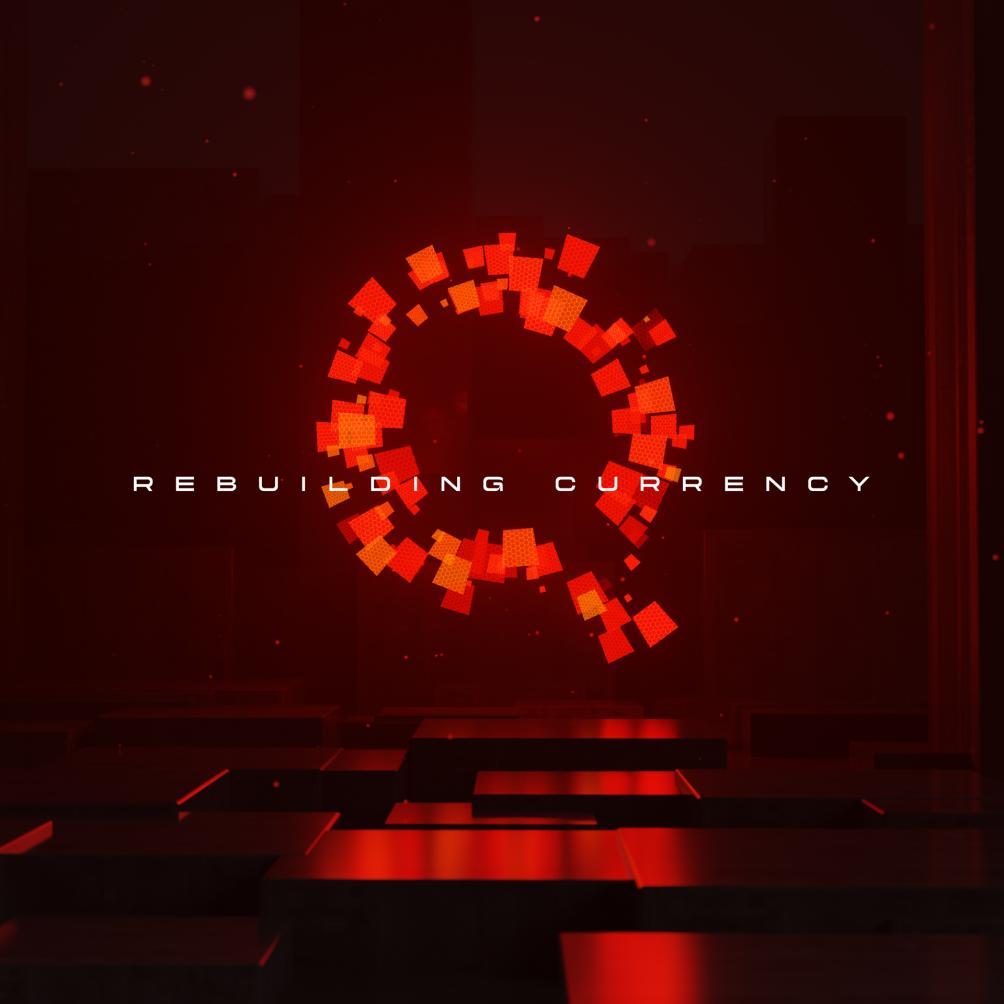
Welcome to the twenty-sixth edition of “This Week in Quai,” an initiative by the development company of Quai Network, Dominant Strategies. This Week in Quai offers weekly updates to the Quai Community by aggregating popular Quai quotes and social posts from the past week and offering a schedule for upcoming events.
Want to get “This Week in Quai” delivered straight to your inbox? Sign up for the Quai Newsletter by Dominant Strategies.
What is Quai?
Quai Network is a pre-launch cryptocurrency. Quai is the first blockchain protocol that is simultaneously decentralized, censorship resistant, and infinitely scalable. Quai, in contrast to traditional cryptocurrencies, functions as a network of many interoperable blockchains braided together. Due to a breakthrough discovery that occurred during research on Proof-of-Work, Quai Network utilizes a new consensus mechanism, Proof-of-Entropy-Minima (PoEM), which eliminates all consensus-based forks, and enables all Quai nodes to remain in “perpetual consensus.”
Quote of the Week
“We’re excited to see so much development activity occurring around the Iron Age Testnet!
We wanted to take this chance to send out a reminder about the risks of proprietary software:
- It is impossible for our team at Dominant Strategies team to verify the contents or activities of closed-source software.
- Therefore, Dominant Strategies is unable to recommend or endorse any closed-source software.
- Users should be aware of the risks and tradeoffs of both proprietary and open-source software.
- As always, DYOR and vet the source and provider of any programs you download.
- The use of any closed source software is at your own risk.”
- Dominant Strategies team member Max as an announcement in the Quai Discord
In this announcement, participants in the Iron Age Testnet are encouraged to be cautious when interacting with closed-source/proprietary software. While our goal at Dominant Strategies has been to provide an open-source option for all necessary aspects of Testnet, teams are more than welcome to develop proprietary software for Testnet participants to use.
Importantly, however, there is no way for our team at Dominant Strategies to know exactly what closed-source software is doing. Thus, there is no reasonable way for Dominant Strategies to endorse any proprietary software surrounding the Iron Age Testnet.
Technical Term of the Week
Gas (blockchains) – The unit that measures the computational effort required to execute specific operations or transactions on the EVM. Each operation, from simple transactions (like transferring tokens) to more complex interactions (like executing smart contracts), requires a certain amount of gas to complete.
Gas is a critical component of any blockchain utilizing the EVM or any other decentralized state machine. Gas is used to allocate the limited computational resources of the EVM in an open market.
Different EVM operations cost different amounts of gas. In Ethereum for example, a simple transfer of tokens has a base fee of 21,000 gas. More complex interactions, such as the creation of a smart contract, can cost 32,000 gas as a minimum.
Each Ethereum block has a “block gas limit,” or a maximum number of gas that computations in that block can use. This ensures that no blocks can require too much computation to impact the validation or production of future blocks. In Ethereum, the absolute maximum amount of gas a single block can consume is 30 million. Practically, Ethereum targets a 15 million block gas limit by fluctuating the base gas fee of operations.
The price of gas fluctuates with demand, and is priced in Gwei, the smallest unit of Ether. During periods of low demand, gas prices can be as low as 4-8 Gwei/gas. During periods of high demand, however, it is not uncommon for the price of gas to exceed 150 Gwei.
In Quai Network, gas fulfills the same purpose. However, within Quai, each chain has its own market for gas. Thus, if one chain is experiencing a surge in demand, its price for gas will begin rising independently of all other chains. As this gas price rises in one chain, all parties will be incentivized to distribute activity across the network to other chains with a lower cost of gas.
Additionally, Quai Network is able to function smoothly at a significantly higher block gas limit than Ethereum. During Devnets, the block gas limit has been set to 80 million. During the Iron Age Testnet, the block gas limit is currently set to 50 million. Even at a block gas limit of 50 million, each Quai Network block can process nearly double the EVM operations of each Ethereum block, at a much shorter block time. When extrapolating this increased block gas limit across Quai’s entire multi-chain architecture, it can be calculated that the Iron Age implementation of Quai can currently process ~450 million gas worth of computations per ~10 seconds, while Ethereum processes a maximum of ~30 million gas worth of computations per ~12 seconds.
Top Posts of the Week
- Throughput testing has begun on the Iron Age Testnet:
- A new release for the open-source GPU miner was announced, providing major improvements in hashrate for AMD cards:
- Metrics have started rolling in from the Iron Age Testnet:
- A recording of last week’s Quai Friday call with Koala Wallet was posted on Twitter:
Upcoming Events
Quai Network Office Hours with Justin: November 14, 2023 @ 10am CST – Join Dominant Strategies team member Justin for a casual discussion/AMA on Quai Network’s technology & Iron Age Testnet!
Quai Network Office Hours with Max: November 16, 2023 @ 9am CST – Join Dominant Strategies team member Max for a casual discussion/AMA on Quai Network’s technology & Iron Age Testnet!
Quai Fridays Twitter Space w/ IceCreamSwap: November 17, 2023 @ 11am CST – Join members of the Dominant Strategies and IceCreamSwap teams for a discussion on DeFi and swaps on Quai Network!
